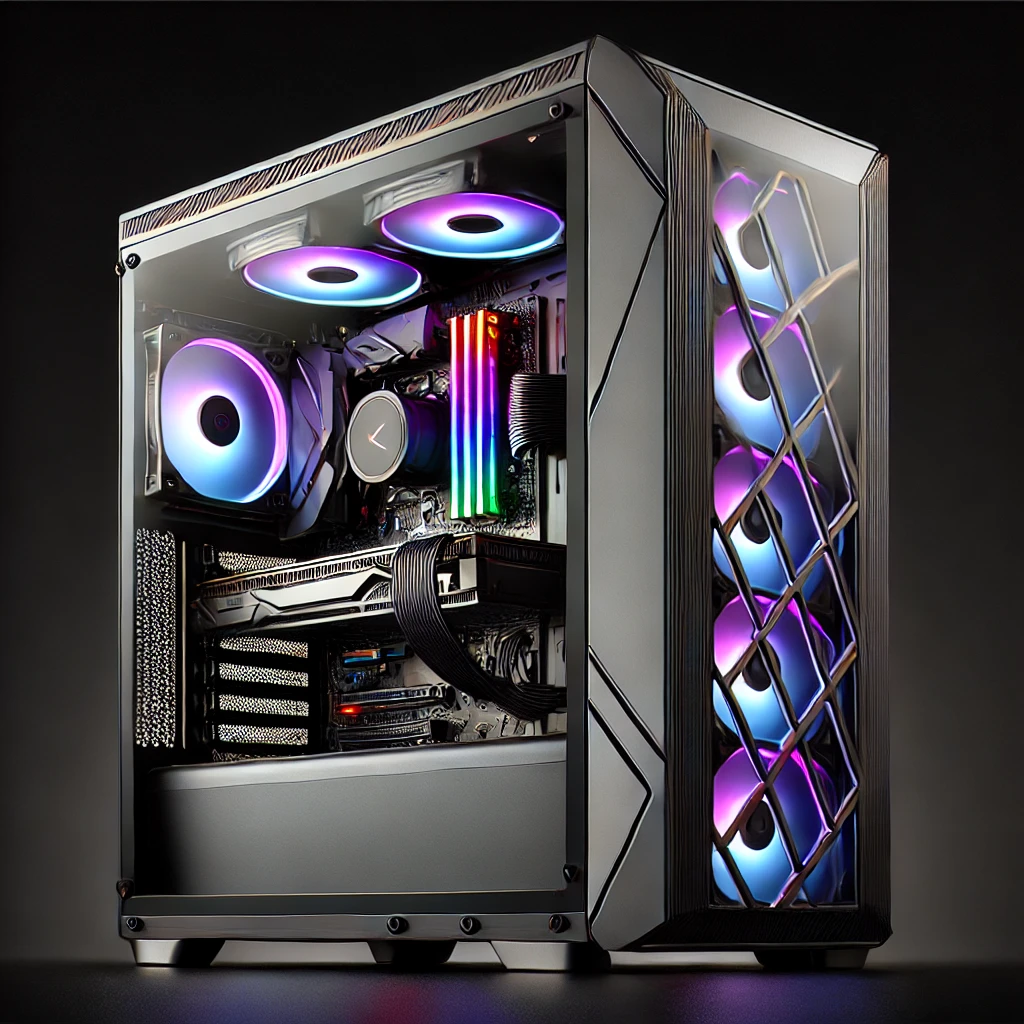Your cart is currently empty!
In the world of computer graphics, the significance of a graphics card’s RAM (Random Access Memory) cannot be overstated. As a leading computer repair and upgrade service, Lithgow Tech Services frequently encounters misconceptions about graphics card RAM. This blog post aims to shed light on why GPU RAM is critical and how it impacts your computing experience.
Understanding Graphics Card RAM
Graphics card RAM, often referred to as VRAM (Video RAM), is dedicated solely to storing image data that your computer displays. Unlike system RAM, VRAM is used exclusively by the GPU (Graphics Processing Unit) for rendering images, videos, and game graphics.
- Storage for Rendered Images: VRAM temporarily holds rendered images before they are sent to the display. Higher VRAM allows for higher resolution textures and better image quality.
- Speeds Up Image Processing: VRAM enables the GPU to quickly access data, speeding up the process of rendering graphics. More VRAM can mean smoother performance, especially in high-resolution gaming or graphic-intensive tasks.
- Resolution and Multiple Monitors: High-resolution displays and multi-monitor setups require more VRAM. Higher VRAM allows GPUs to handle these setups more efficiently without compromising performance.
The Impact of RAM on Graphics Performance
- Gaming: For gamers, VRAM is vital for playing games at higher resolutions and settings. Games with complex textures and high-resolution graphics are VRAM-intensive. Insufficient VRAM can lead to stuttering, frame drops, or reduced graphic details.
- Graphic Design and Video Editing: Professionals in graphic design and video editing also benefit from higher VRAM. Software like Adobe Photoshop or Premiere Pro can utilize significant amounts of VRAM, especially when working with high-resolution images or videos.
- Future-Proofing: As game and software graphics become more advanced, having a graphics card with ample VRAM helps ensure your system can handle future graphics demands.
How Much VRAM Do You Need?
- Casual Use and Light Gaming: 2-4GB of VRAM is typically sufficient.
- Moderate Gaming and Multimedia Work: 4-8GB of VRAM is advisable for 1080p to 1440p resolutions.
- High-End Gaming and Professional Work: 8GB or more is recommended for 4K resolution and intensive graphic work.
Choosing the Right Graphics Card
While VRAM is important, it’s just one aspect of a graphics card’s capabilities. Consider other factors like the GPU’s core count, clock speed, and the overall balance with your computer’s CPU and RAM.
Conclusion
Understanding the importance of RAM in graphics cards is crucial for anyone looking to upgrade their PC for gaming, professional graphics work, or general performance improvement. At Lithgow Tech Services, we’re committed to helping you navigate these choices, ensuring you get the most out of your computer upgrades.
Discover more from LithGeek Custom Gaming Computers
Subscribe to get the latest posts sent to your email.


